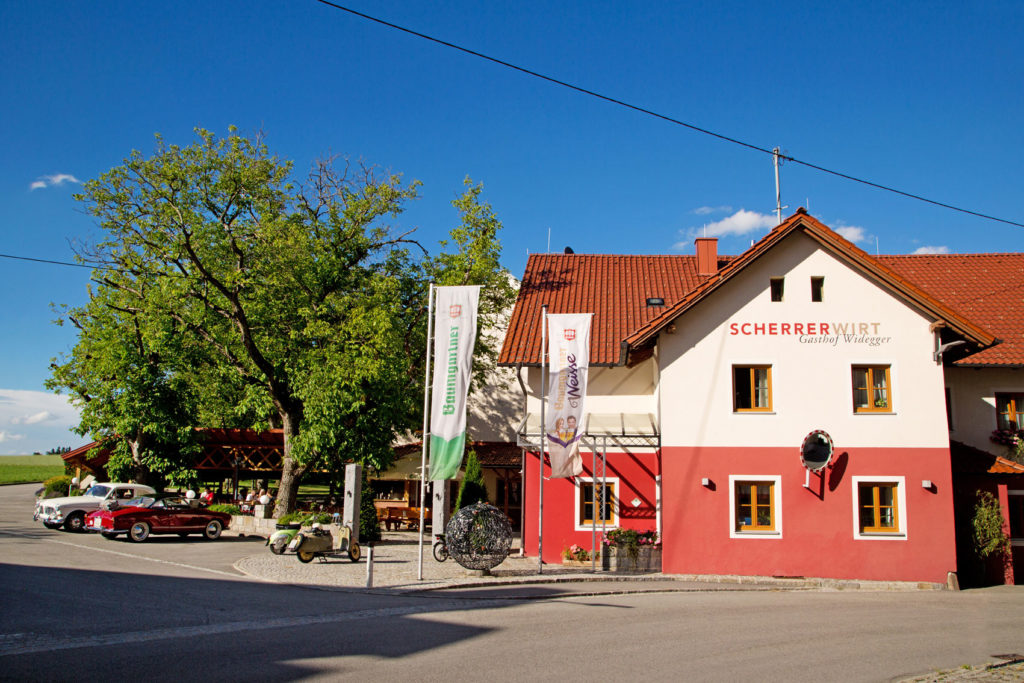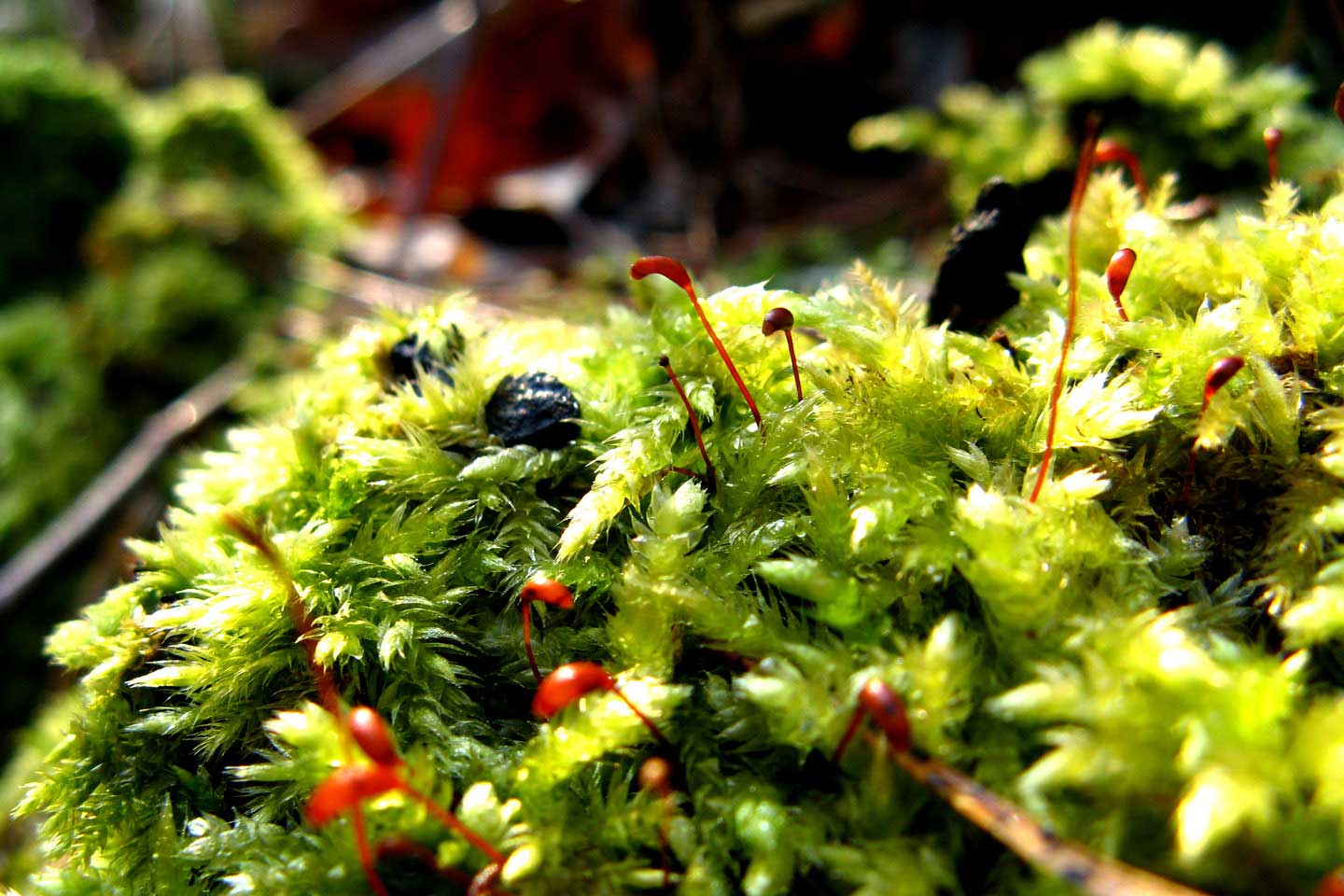The “Sauwald” runs for about 40 km parallel to the valley of the Danube, its width is about 10-20 km and ist total area around 460 square km. The territory slopes down steeply towards the Danube (Durchbruchstal Roninger Leiten), gentle hills reach into the surrounding area, which are called the Upper Austrian Alpine foothills. Nonetheless, a clear demarcation from the Apline massif is obvious everywhere. The Uplands continue west from the river Inn, in the Neuburger Wald, which is in Bavaria.
The highest peaks reach above 800 m altitude, the Haugstein (in the south of Vichtenstein) reaches 895 m. The highest mountains of the south-eastern half are Großer Schefberg (791 m) and Feichtberg (777 m). One of the three Austrian civil air traffic control radars is located on the latter.
The “Sauwald” is situated in three different political boroughs: its largest part makes up the north of the borough of Schärding, the rest belongs to the North-western boroughs of Grieskirchen and Eferding. The following municipalities are – to a large degree – located in the “Sauwald” (in alphabetical order of the boroughs): Brunnenthal, Engelhartszell, Esternberg, Freinberg, Kopfing, Münzkirchen, Rainbach im Innkreis, Schardenberg St. Ägidi, St. Roman, Vichtenstein, Waldkirchen, Wernstein am Inn, Eschenau, Natternbach, Neukirchen, St. Agatha, Haibach and Stroheim.
In the vernacular Münzkirchen is called “the capitol of the Sauwald”.



